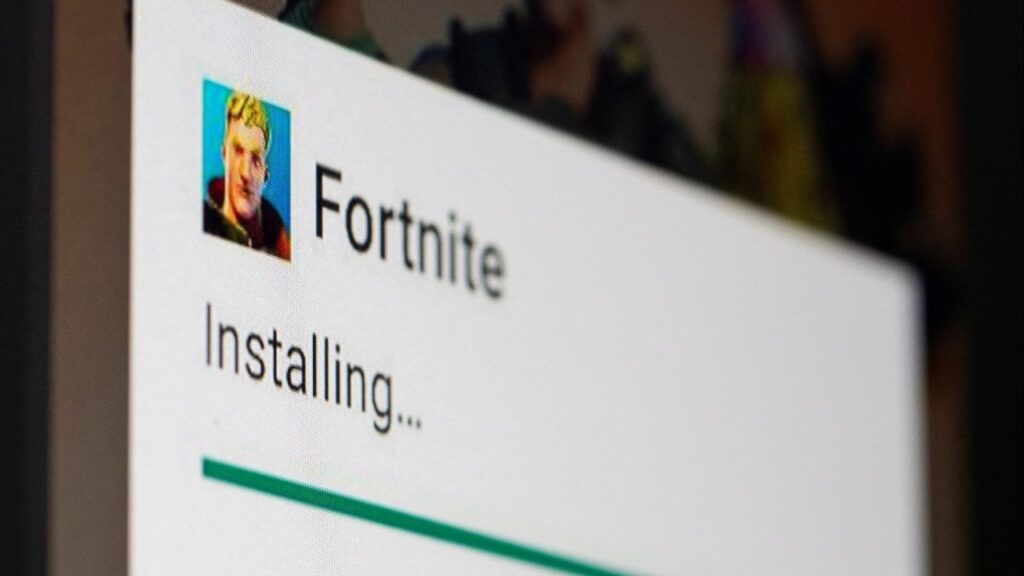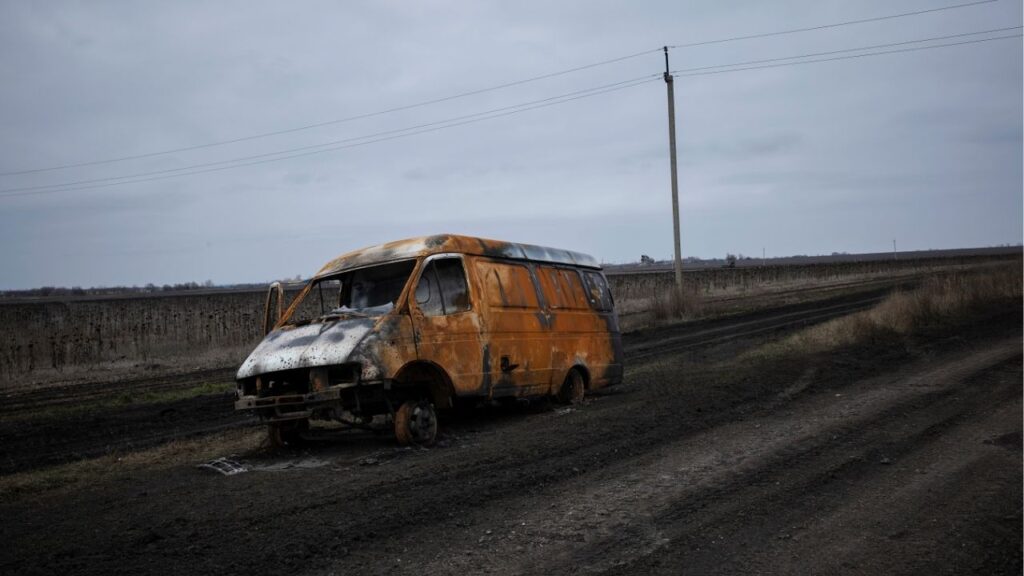Share
A new smart phone application, designed to help alert Californians of possible COVID-19 exposure, is supposed to be an “opt-in” system. However, several people have contacted GV Wire℠ to say not only was the app installed automatically, it was already turned on.
On Nov. 10 the California Department of Public Health, along with the California Department of Technology, launched the CA Notify app which would alert users they may have been in proximity to someone who contracted COVID-19.
“The functionality is not launched automatically. Users have to decide whether or not to turn it on and opt in, which is completely voluntary and opt in,” a CDPH spokesperson said.
Karen Enea, a Monterey restaurant industry worker, checked her iPhone after seeing a warning posted on social media.
“The thing was automatically on,” Enea said. “It’s ridiculous. That should be against the law.”
Apple and Google notified its phone users on Dec. 10 that the phone technology was available. CNBC reported that 4 million Californians activated the app within a day.
Depending on the system, the app was automatically downloaded (Apple/IOS software) or needed an affirmative step to be downloaded (Google/Android).
— Jerry Duncan (@JerryDuncan2) December 11, 2020
Protecting Privacy
When informed of some users having CA Notify installed on their iPhone as opt-in, CDPH was insistent that it wasn’t.
“CA Notify is 100% opt in. Users must take several affirmative actions before it is enabled on their phone. Exposure notifications are included in the software for iPhones and Android phones require downloading an app from the Play Store,” a CDPH spokesperson said.
CDPH said user privacy and security is protected.
“CA Notify is designed to protect user privacy and security – it does not collect device location to detect exposures and does not share your identity to other users,” CDPH says.
A CDPH spokesperson says that information, including location data or personal information is not shared with Google, Apple or the state.
Enea doesn’t trust the technology to keep things private.
“Not at all,” Enea said. “Just everything that has been going on is going wrong.”
A Google spokesperson said they were unaware of any problems with their Android technology being automatically turned on when installed.
Of the phone users GV Wire spoke with for this story, they all used Apple iPhone OIS technology.
Apple did not reply to a request for comment.
Newsom, Vohra Support
Speaking at a news conference last week, Gov. Gavin Newsom wholeheartedly endorsed the program as a way to combat surging COVID-19 infections.
“The more people that participate in it, the more that opt in, the more effective this program can be,” Newsom told reporters. “We are hoping there will be enough to make this meaningful.”
Fresno County Interim Public Health Officer Dr. Rais Vohra said he turned on his CA Notify app.
“It’s not going to reveal people’s identity. It’s going to be done anonymously,” Vohra explained at a recent news conference. “You will get a notification, but you won’t know exactly who in your in your social space or in your even your family actually tested positive for coronavirus unless they disclose it themselves.”
How It Works
The tool — which has been used on a pilot basis last month at UC Berkeley and other college campuses — doesn’t track people’s identities or locations but uses Bluetooth wireless signals to detect when two phones are within 6 feet of each other for at least 15 minutes, officials said.
When the app was installed, users could go into their settings to turn on the exposure notifications, as it is supposed to work.
According to an explainer on the iPhone app, the Bluetooth technology “looks for iOS and Android phones that have Exposure Notification turned on and keeps a roiling 14 day log of their shared identifiers.”
Data would be deleted if a user uninstalls the app (on Android) or turns off notifications (in Apple). The phone would cease to share information with other phones.
Users who test positive, state health authorities would send a verification code on the phone to transmit to other CA Notify users.
“If the user tests positive and wants to activate alerts to others, they again have to take affirmative, optional steps to enter an anonymous code,” CDPH explains.
A notification would then go to other users who were within six feet for 15 or more minutes during the period of exposure.
“The notification will tell the other users the date of their exposure, but does not include information about location, time, or identity,” CDPH said.
RELATED TOPICS:
Categories

Fortnite Goes Down for Thousands of Users, Downdetector Reports

One Gaza Girl’s Fight to Survive Extreme Hunger

















